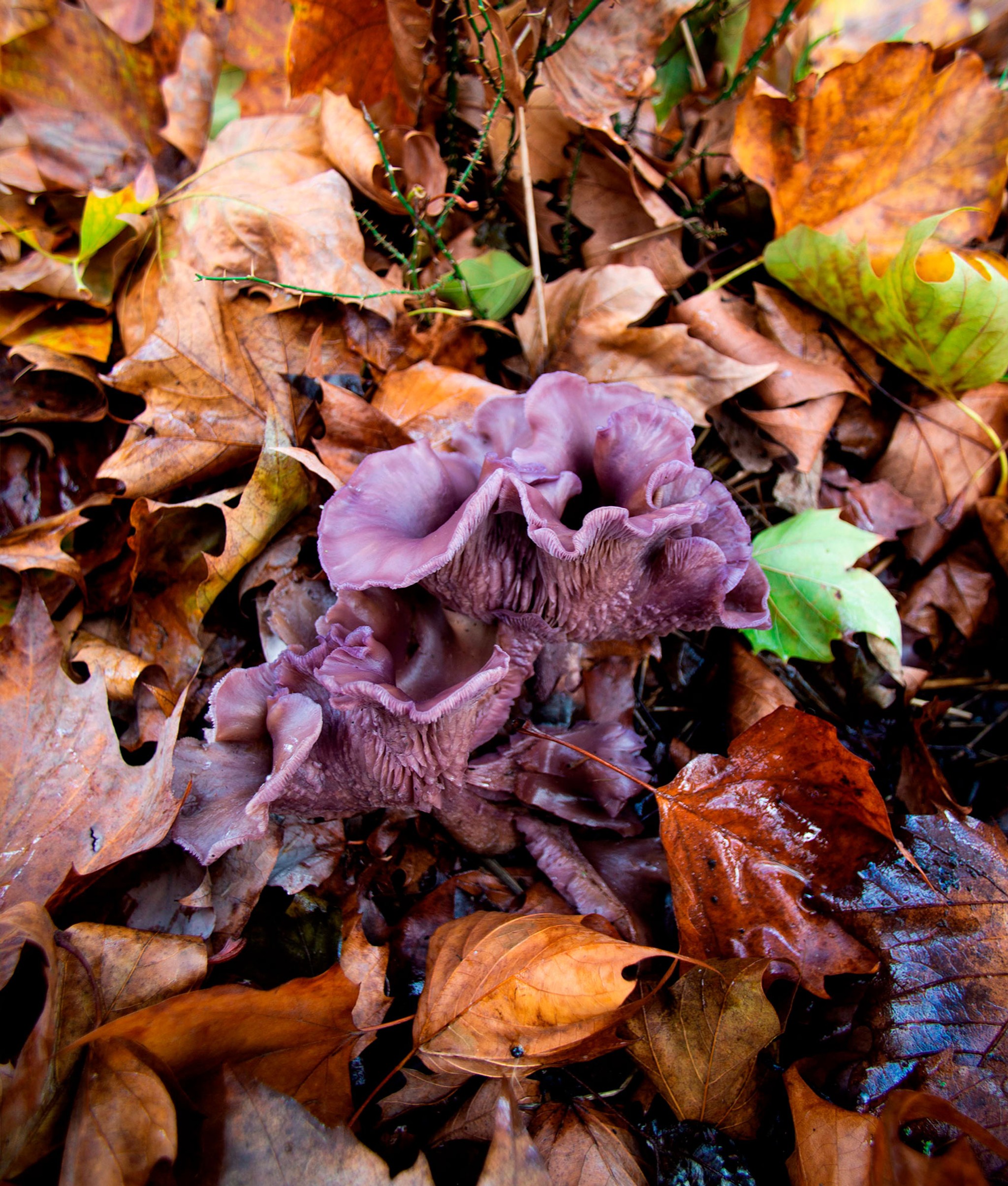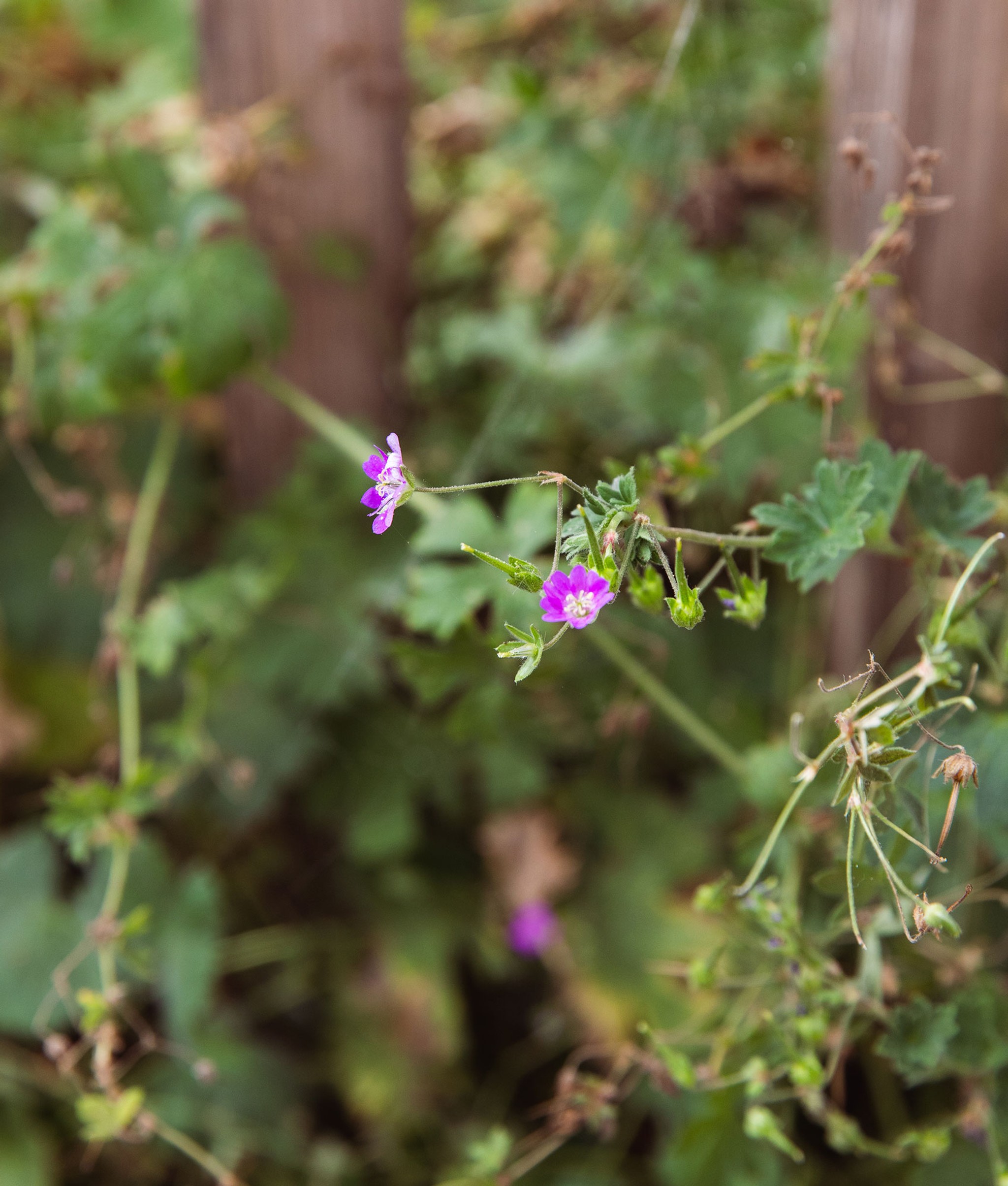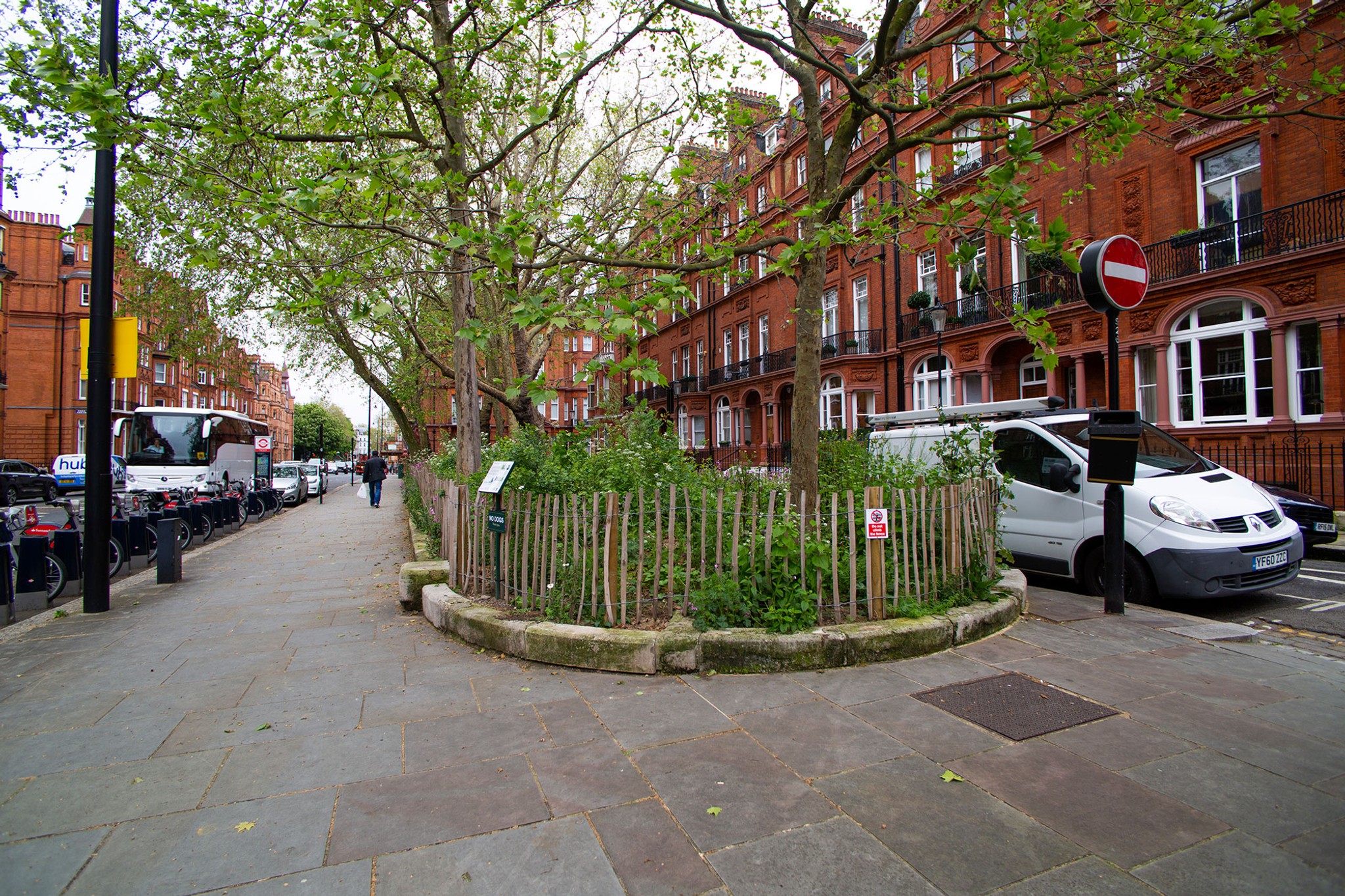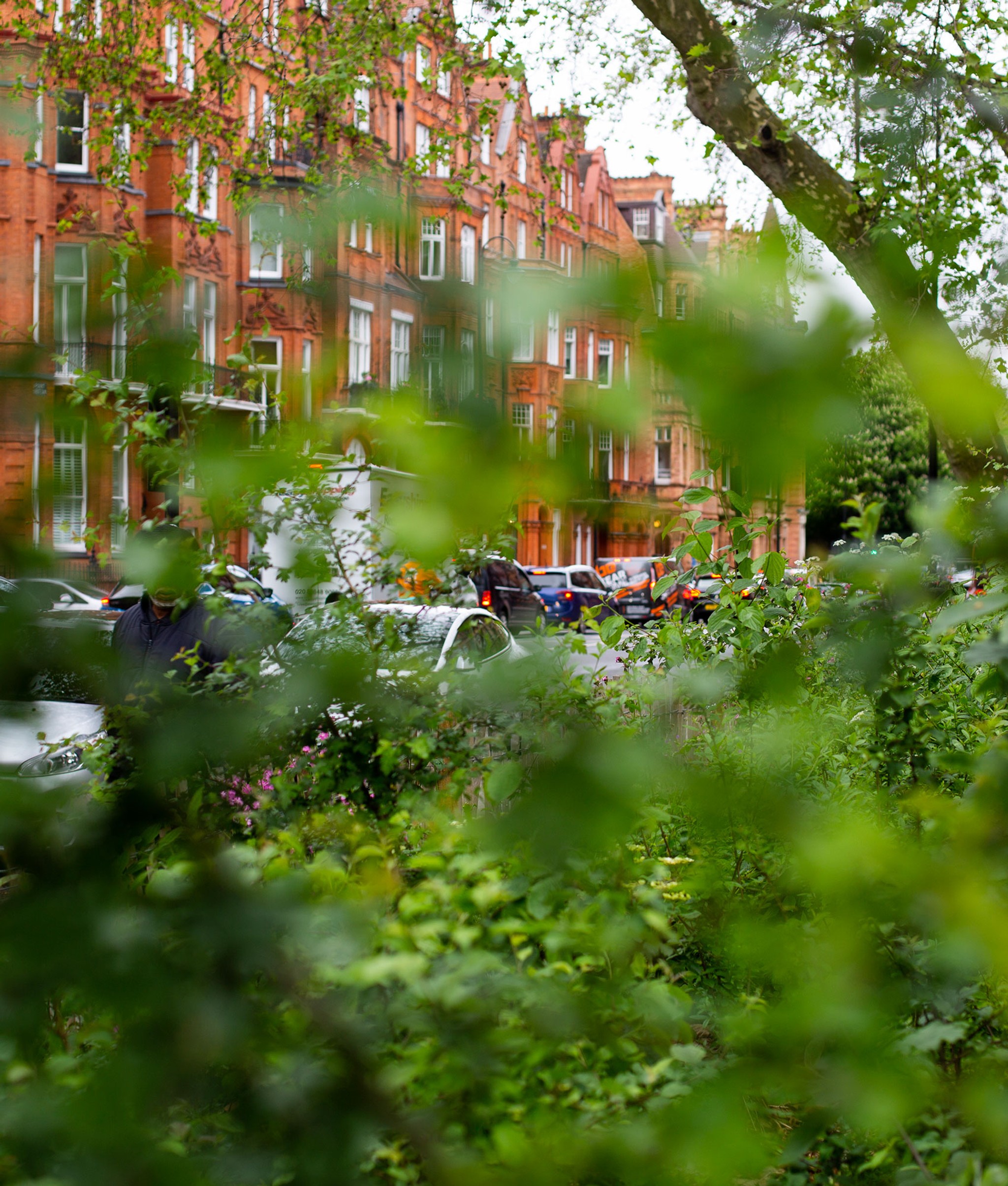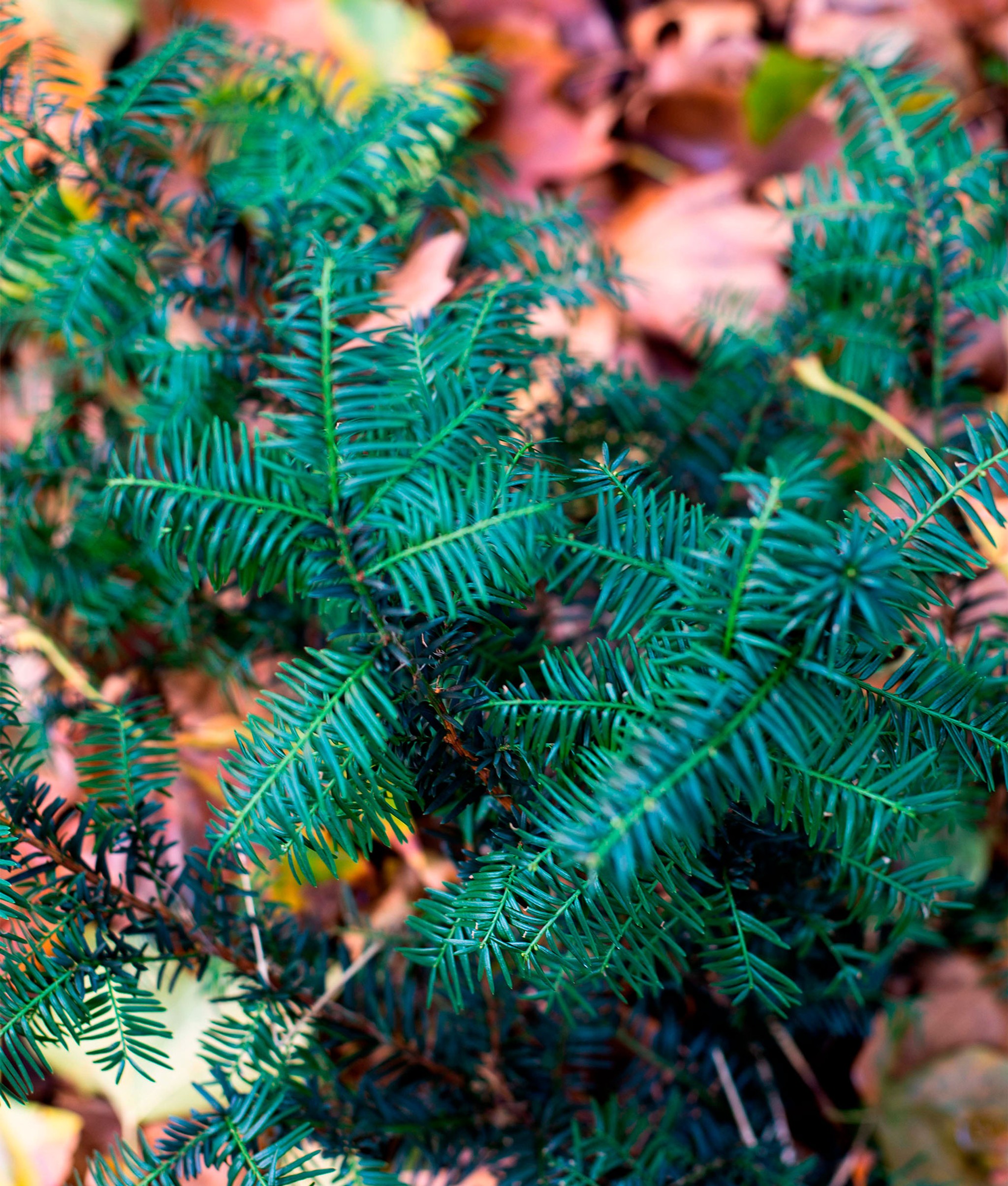Heritage Forest
A sanctuary in the heart of London.


0
Trees
0
Square Meters
0
Native Species
0
Youth Impacted
Self sustaining pocket forest
Before this forest was planted in 2021, the space was nothing more than a gravel flat, with just a few plane trees and no other vegetation. Since then, it has been incredible to see the growth and development of this forest ecosystem. The appearance of mushrooms within the forest tells us that mycorrhizal networks have developed underground, and that the soil is healthy. Some of the mushrooms present are typically found in more mature wooded areas, making their appearance in this young forest somewhat surprising - a testament to its health and success.
Notably, the Hawthorns (Crataegus monogyna) are thriving and stand as the tallest trees in the forest. As pioneer species, they tend to grow quickly during the establishment phase of a forest, often leading the way in ecological succession. When blossoming in spring, their flowers provide valuable nectar for insects, attracting many pollinators and caterpillars early in the growing season. During mid summer and autumn, we observed a variety of invertebrates, like spiders and beetles, providing a great food source for the visiting birds.
Nestled in the heart of the city, many people pass by the forest and are able to use this space to reconnect with Nature. We encountered a gentleman who shared how special this place is to him personally, using the forest as a space for meditation and reflection on an important decision regarding his faith. The plants growing here remind him of where he grew up, evoking a sense of nostalgia and connection to his past.
Forest Maker
James Godfrey-Faussett
Forest Partner




Ecosystem Restored
Final report: 01.10.2024
After approximately three years our SUGi Pocket Forests become self-sustaining. They no longer require human maintenance or watering, and can be handed over to Nature for biodiversity and complexity to naturally develop.
0%
Survival Rate
0
People living within 300 meters
0
kg of potential CO2 sequestration
Biodiversity
Biodiversity is all the different kinds of life you'll find in one area—the variety of animals, plants, fungi, and even microorganisms like bacteria that make up our natural world. Each of these species and organisms work together in ecosystems, like an intricate web, to maintain balance and support life.
0
Potential number of mammals
0
Potential number of birds
0
Potential number of amphibians
Urban Heat Profile
The Urban Heat Island Effect is affecting cities more and more each year and temperatures in urban areas can go up to 12 degrees hotter. This can be reduced and prevented by planting urban forests like this. We collected the air temperatures on an unusually hot day in June at Heritage Forest and saw amazing results.
0°C
Surface Temperature Difference


Forest Design
Native Species Selection (sample)
Red Campion — Silene dioica
Perhaps the best of all wildflowers for bees, pollinators and butterflies. Campion has a long flowering season and provides bountiful nectar.
Sessile Oak — Quercus petraea
The oak is the king of biodiversity and a haven for numerous forms of life that can include 38 species of bird, 1178 forms of invertebrates and 31 species of mammal. The oak can be home to over 500 species that are rarely, if ever, found living in harmony with any other species of tree.
Hawthorn — Crataegus monogyna
The hawthorn is steeped in mythology as was much revered by the Celts, who believed the tree to be imbued with magical powers. The small trees are one of the first to blossom and provide a vital early food source for pollinators. The hawthorn is known as the bread and cheese tree as the leaves were seen as bread and the buds as cheese. Both edible and complementary to eat.
“Thanks to its urban location, the forest will offer not only an individual experience but a communal one. In so being, we hope this space will help cultivate community bonds and become a recognised source of joy for all.”
James Godfrey-Faussett, Lead Forest Maker SUGi
Forest Report: 2024
0 Years
Forest Age
0%
Survival Rate
0m
Average of Tallest 3 Trees
Biodiversity Notes:
Forest Report: 2023
0 Years
Forest Age
0%
Survival Rate
0m
Average of Tallest 3 Trees
We are seeing a real interest now from passers by. The information boards are really helpful. The species growing in the shadier sections are slightly smaller, but this is to be expected.
There is a lack of 'weeds' now as the forest is starting to shade out the forest floor. There have been a number of species observed, including the Hawthorn shield bug/Acanthosoma haemorrhoidale.
Biodiversity Notes:
Forest Report: 2022
0 Months
Forest Age
0%
Survival Rate
0m
Average of Tallest 3 Trees
This little forest is vibrant and adapting well to urban life. The summer heat wave has had little negative effect and the saplings are maturing well. Shade-tolerant species such as dogwood (Cornus sanguinea), spindle (Euonymus europaeus) and hazel (Corylus avellana) are growing well in the dense shade without becoming leggy - often an issue with growth in shady areas.
The rowan (Sorbus aucuparia) and crack willow (Salix fragilis) are currently both the tallest species, and the crack willow has a girth of 25mm. Crack willow is interesting in that it's the only variety of willow that grows well in drier conditions - willow is normally associated with damper conditions. Crack willow is also a fantastic early source of forage for pollinators when the catkins arrive in early spring. It is promising to see this species thriving.
The oaks too are doing well too - planted as the climax species to eventually take over from the current canopy of London plane trees.
Heritage Forest has really transformed this pocket of Kensington and Chelsea, bringing some much needed greenery to an area dominated by buildings and traffic.
Biodiversity Notes:
Planting: October 2021


























